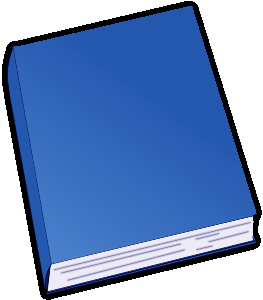An Introductory Course of Quantitative Chemical Analysis With Explanatory Notes By: Henry P. Talbot |
|---|

An Introductory Course of Quantitative Chemical Analysis With Explanatory Notes by Henry P. Talbot provides a detailed and comprehensive introduction to the field of quantitative chemical analysis. The book offers an in-depth exploration of the principles, techniques, and calculations involved in conducting accurate and precise chemical analyses.
One of the outstanding features of this book is its clear and concise writing style, which makes even complex concepts accessible to readers with various levels of prior knowledge in chemistry. Talbot effectively combines theoretical explanations with practical examples, enabling readers to not only grasp the underlying principles but also apply them in real-world scenarios.
The book is structured in a logical manner, gradually building upon the foundational concepts and progressively delving into more advanced topics. The author includes numerous illustrative figures, tables, and equations to aid in comprehension and enhance understanding. Moreover, each chapter concludes with a series of practice problems and exercises, allowing readers to reinforce their understanding and develop their analytical skills.
Talbot pays great attention to detail when discussing the various analytical techniques used in quantitative chemical analysis. From gravimetric and volumetric analysis to spectrophotometry and chromatography, the book covers a wide range of methods while emphasizing their underlying principles and the specific calculations involved. This comprehensive approach ensures that readers not only gain a solid theoretical foundation but also acquire the practical skills necessary for successful analytical work in the laboratory.
Another strength of this book is the inclusion of explanatory notes throughout the text. These notes provide further clarification on specific points, offer additional examples, and highlight potential pitfalls or common mistakes. This feature greatly enhances the learning experience and helps readers navigate complex topics with greater ease.
While the book primarily serves as a textbook for introductory courses in quantitative chemical analysis, it is also a valuable reference for researchers and professionals in the field. The author's expertise and extensive knowledge shine through in every chapter, making this book a reliable source of information and guidance.
In conclusion, An Introductory Course of Quantitative Chemical Analysis With Explanatory Notes by Henry P. Talbot is an exceptional resource for anyone seeking a comprehensive introduction to the principles and techniques of quantitative chemical analysis. The book's clear writing style, thorough coverage of topics, and inclusion of explanatory notes make it an invaluable tool for students and professionals alike. AN INTRODUCTORY COURSE OF QUANTITATIVE CHEMICAL ANALYSIS WITH EXPLANATORY NOTES BY HENRY P. TALBOT PROFESSOR OF INORGANIC CHEMISTRY AT THE MASSACHUSETTS INSTITUTE OF TECHNOLOGY SIXTH EDITION, COMPLETELY REWRITTEN PREFACE This Introductory Course of Quantitative Analysis has been prepared to meet the needs of students who are just entering upon the subject, after a course of qualitative analysis. It is primarily intended to enable the student to work successfully and intelligently without the necessity for a larger measure of personal assistance and supervision than can reasonably be given to each member of a large class. To this end the directions are given in such detail that there is very little opportunity for the student to go astray; but the manual is not, the author believes, on this account less adapted for use with small classes, where the instructor, by greater personal influence, can stimulate independent thought on the part of the pupil... Continue reading book >>
|
| This book is in genre |
|---|
| Science |
| eBook links |
|---|
| Wikipedia – Henry P. Talbot |
| Wikipedia – An Introductory Course of Quantitative Chemical Analysis With Explanatory Notes |
| eBook Downloads | |
|---|---|
|
ePUB eBook • iBooks for iPhone and iPad • Nook • Sony Reader |
Kindle eBook • Mobi file format for Kindle |
|
Read eBook • Load eBook in browser |
Text File eBook • Computers • Windows • Mac |
| Review this book |
|---|